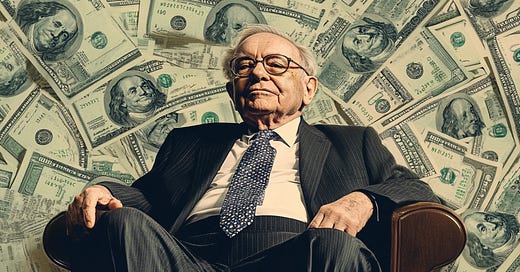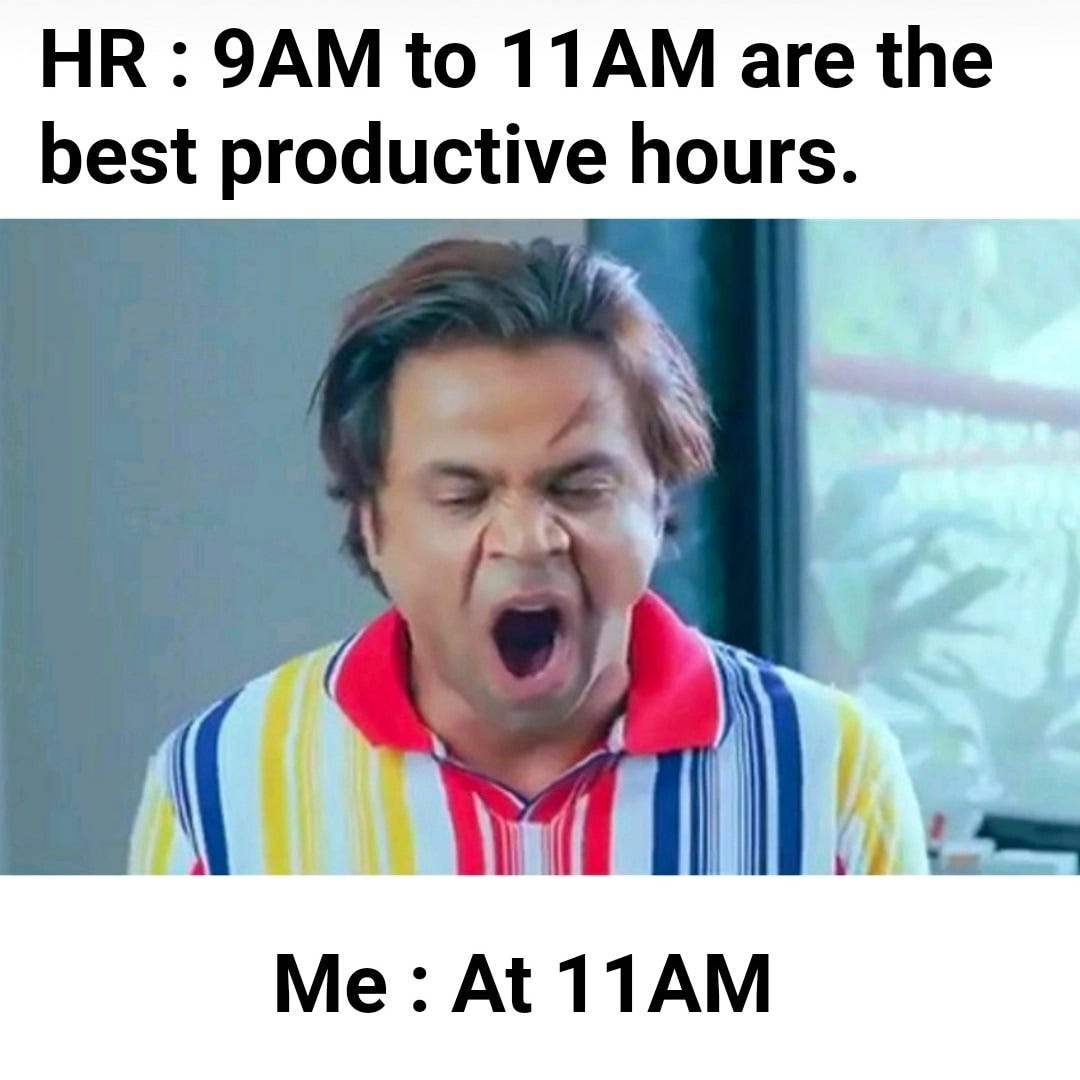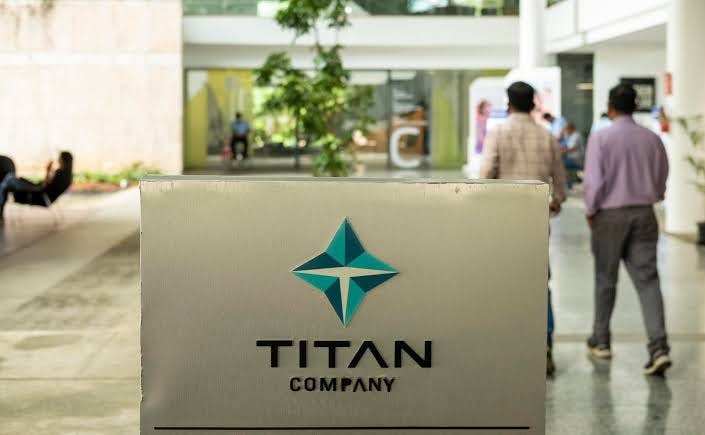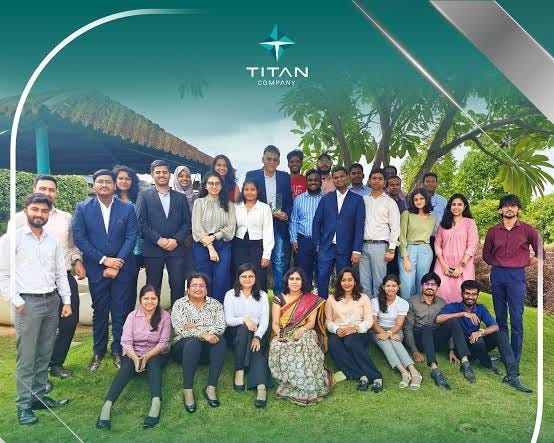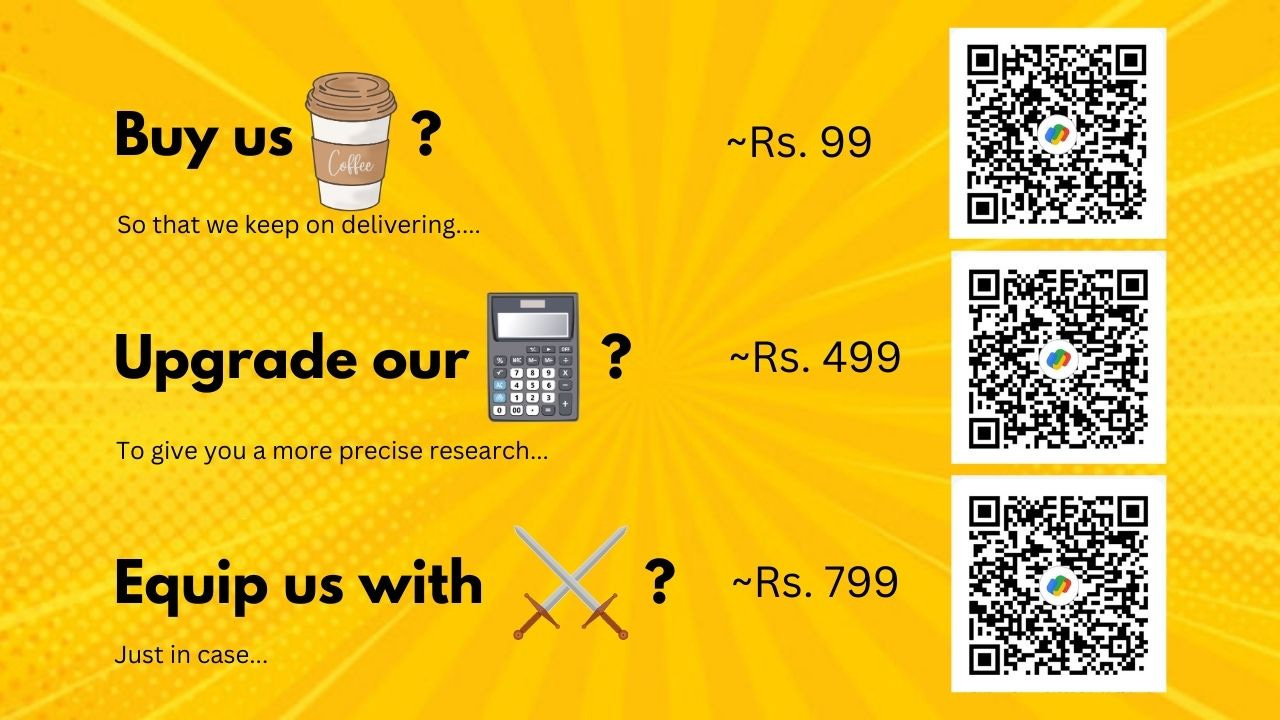Introduction: The Overlooked Competitive Advantage
When we think about what makes a company successful, the usual suspects come to mind—patents, economies of scale, and brand loyalty.
These are the classic competitive advantages that every investor hunts for. But there’s one moat that’s often overlooked and far harder to replicate:
COMPANY CULTURE
BUT, What is Company Culture?
Company: A place where everyone comes together to work in an organized manner to achieve a desired result.
Culture: The sense of feeling that you drive from working in that place. The environment that the place cultivates.
Unlike patents or technology, which can be copied or even improved upon, a strong culture is almost impossible to steal. It’s the secret ingredient that creates long-term resilience, drives consistent performance, and builds customer and employee loyalty that lasts through market cycles.
Culture isn’t just about how employees feel; it’s about how a company operates at its core. It shapes how decisions are made, how customers are treated, and how quickly problems are solved.
And when done right, it becomes the foundation of a sustainable competitive edge that no competitor can easily replicate.
Coming to the next Question…
1. The Power of Culture: Why It Matters?
Culture is often dismissed as soft and intangible, but it’s the bedrock that defines how a company functions and delivers value. Companies with strong cultures tend to outperform because they:
A. Prioritize Customer Satisfaction Beyond Just Selling Products:
When you create a bond with customers, it creates a sense of loyalty. A feeling of belongingness. So even when you make mistakes as a company, in the long run, the customers will stay…
Take Amazon, for example. Its relentless focus on customer experience—from one-day shipping to hassle-free returns—has created a loyal customer base that keeps coming back, even when competitors offer similar products at lower prices. Amazon’s obsession with customer satisfaction isn’t just a strategy; it’s baked into the company’s DNA. That’s culture at work.
B. Encourage Innovation and Creative Problem-Solving:
As an employee, imagine you have been given a task which needs to be completed by the next morning, and you might need to do a night burn.
But if you are respected and have been treated righteously, will you not feel to give your best, too rather if you were just ignored?
Of course, you will curse the Manager anyways…
C. Attract and Retain Top Talent Who Align With The Company’s Mission:
It’s a No-brainer to say that if you are treated better, even 8LPA > 12LPA sometimes…
So, when employees are empowered to make decisions that serve the customer better, it creates a feedback loop of improvement and trust.
Customers feel it, and they respond with loyalty. That’s why culture is a moat—it creates emotional stickiness that market share or product features alone can’t replicate.
Now, Hear it from The Best Investor to Have Ever Lived?!!
2. Buffett’s Shift: From Numbers to Narratives:
Alright, let’s talk about Warren Buffett.
For most of his career, the guy was all about numbers. If it wasn’t on a balance sheet, it might as well have been fiction. But then—something changed.
From 1970 to 2017, he mentioned culture over thirty times in his shareholder letters. Thirty times. Now, when someone like Buffett, who practically breathes financial statements, starts talking about something as intangible as culture, you know it’s worth paying attention to.
So… why the shift?
Because Buffett realized that long-term success isn’t just about earnings reports and stock prices. It’s about building a system where employees actually want to work, where customers trust the brand, and where the business can survive even when the economy throws a tantrum.
Take Berkshire Hathaway. It’s not some micromanaged corporate beast drowning in red tape. It’s decentralized, meaning leaders have freedom. No one’s hounding them for short-term results, so they can actually focus on making smart long-term decisions.
And that’s the lesson here.
Culture isn’t just some HR feel-good term, it’s a moat. You can have the best financials in the world, but if your culture is toxic, good luck holding on to your best people. Good luck with staying competitive.
And if Buffett—the ultimate numbers guy—says culture matters, maybe we should all take a second look.
But What Else Can It Do?
3. Why Culture Beats Market Share and Technology?
Alright, let’s talk about this.
Market share? That’s great.
Technology? Even better.
But if a company doesn’t have the right culture holding it all together? None of it lasts.
Think about it…when a company dominates its market, what happens? It gets comfortable. Starts thinking, “We’re on top. We’ve made it.”
And then… someone hungrier comes along.
Look at General Motors. They had a massive market share. Yet Toyota and Honda—companies with a culture of discipline, efficiency, and customer-first thinking, ate their lunch.
Or take GoPro. They made the action camera. Seriously, they owned that space.
But then? No real customer lock-in. No strong emotional connection to the brand.
And suddenly, when other companies rolled out similar products? Poof. Competitive edge? Gone.
See where we are going with this?
Market share? It fades. Technology? It gets copied.
But culture? That’s the glue.
It’s what keeps employees motivated, customers loyal, and businesses strong—especially when times get tough.
And the companies that don’t get this?
Well…let’s just say history hasn’t been kind to them.
4. How does Culture Strengthen the Moat?
Culture works as a moat because it influences every aspect of a company’s operations:
Customer Loyalty: Companies that treat customers exceptionally well build long-term relationships.
Operational Efficiency: Employees aligned with the company’s mission make better decisions and fewer mistakes.
Consistent Innovation: A positive culture encourages risk-taking and creative problem-solving.
Tata Group is a prime example in India. Its strong culture of integrity, social responsibility, and long-term thinking has created deep customer trust across its businesses. Tata Consultancy Services (TCS), for instance, has maintained high client retention rates due to its focus on consistent service quality and innovation.
The Tata brand carries a reputation for trust and ethical business practices, which helps its companies weather market challenges. Additionally, Tata Sons' commitment to employee welfare, such as providing long-term benefits and professional growth opportunities, leads to higher employee motivation and stronger operational efficiency, reinforcing customer trust and business resilience.
Culture creates a flywheel effect: happy employees → better service → loyal customers → higher sales → greater profitability.
5. What to Look For As an Investor?
Investors who understand the value of culture can spot opportunities that others miss. Here’s what to look for:
Are employees empowered and motivated?
Does the company prioritize long-term customer satisfaction over short-term profits?
How resilient is the business model to competitive threats?
A company’s culture isn’t visible on a balance sheet, but its effects show up in consistent growth, customer retention, and employee satisfaction. Companies with strong cultures weather downturns better because their foundation is stable and their mission is clear.
6. The Competitive Edge of a Strong Culture…
Over time, a strong culture compounds advantages:
Better customer retention → Higher lifetime value.
Increased employee motivation → Greater productivity.
Strong brand reputation → Pricing power and market dominance.
Titan Company is a standout Indian example of culture as a competitive edge. Since its inception in 1984 as a joint venture between the Tata Group and Tamil Nadu Industrial Development Corporation (TIDCO), Titan has built a culture rooted in customer trust, product innovation, and employee empowerment.
Titan’s customer-centric approach, especially through brands like Tanishq in jewelry and Fastrack in watches, reflects a deep understanding of Indian consumer preferences.
Let’s talk about the customers, because Titan has cracked the code on customer loyalty.
Take Tanishq for example. It’s not just about selling gold; it’s about building trust. Introducing the practice of karat meters to test gold purity was a game-changer.
Customers know they’re getting exactly what they paid for, and that trust keeps them coming back, even if gold prices are skyrocketing.
The result? Titan’s ability to combine brand trust with operational excellence gives it serious pricing power. While competitors are slashing prices or offering discounts to win customers, Titan holds its ground—and customers still line up. That’s the power of culture.
At Titan, employees aren’t just clocking in and out—they’re encouraged to think, experiment, and sometimes even fail (as long as they learn from it). It’s like having a job where your boss not only expects you to color outside the lines but hands you extra crayons for it.
This creative freedom has led to Titan’s successful expansion beyond watches and jewelry into eyewear (Titan Eye+) and fragrances (Skinn).
Who would’ve thought a company known for watches would be helping you see better and smell better? But that’s the magic of a culture where innovation is baked into the DNA.
And it’s not just about product diversification. Titan’s strong governance and ethical practices create an environment where employees feel valued and trusted.
The company invests in employee development, ensuring that the people behind the products are as sharp as the designs themselves. High employee satisfaction? Check. Operational efficiency? Double-check.
Titan’s ability to combine brand trust with operational excellence has given it strong pricing power and market dominance in the organized jewelry and watch segments—making culture a true competitive moat.
So, the next time you see someone flashing a Titan watch or shopping for a Tanishq necklace, remember—it’s not just about the product. It’s about a culture that makes customers and employees feel valued.
7. Conclusion: Why Culture Is the Ultimate Moat
A strong company culture is one of the few competitive advantages that can’t be copied or bought. Competitors can mimic your product, undercut your prices, and even poach your employees—but they can’t steal your culture.
Investors who understand the power of culture have an edge. A company with a strong culture not only survives market cycles—it thrives through them.
As Buffett suggests, if you wouldn’t want to compete with a company’s culture—even with unlimited resources—you’ve found a true moat.
In the long run, culture isn’t just an asset—it’s the foundation of enduring success.
Thank you for reading till the end! We hope you enjoyed this report.
Researched By- Naresh, Mayank and Vaibhav
If you like the hard work we put in, you can invest in us:
For our Non-Indian audience: You can donate to us through PayPal. Click here.
For our Indian audience, UPI QRs are given below:


